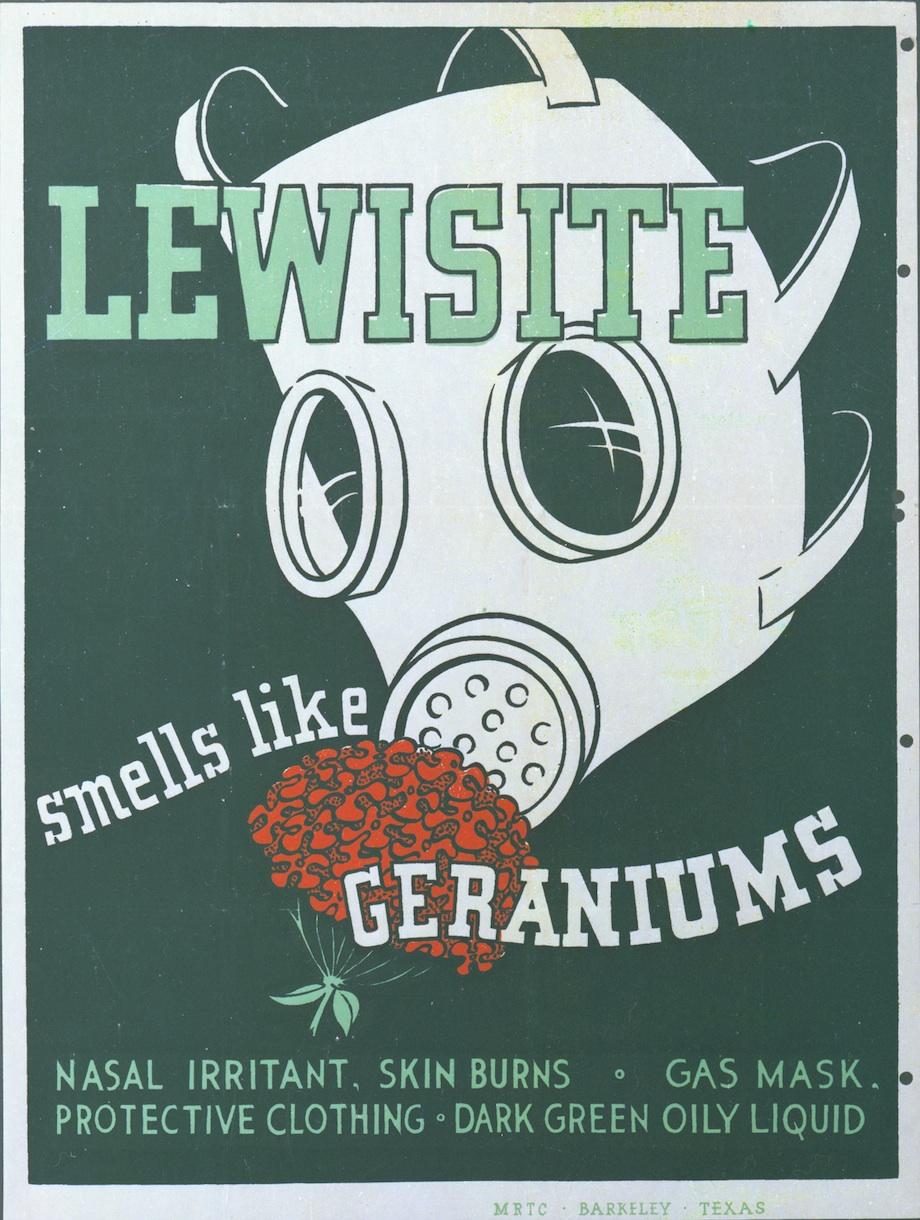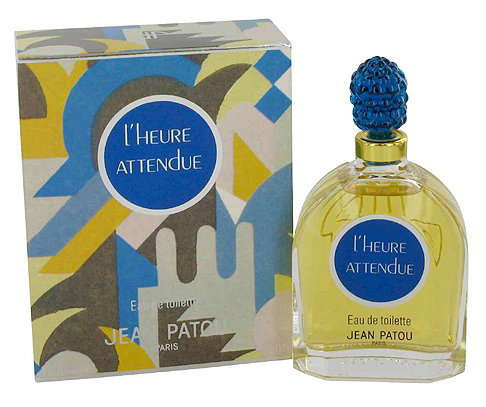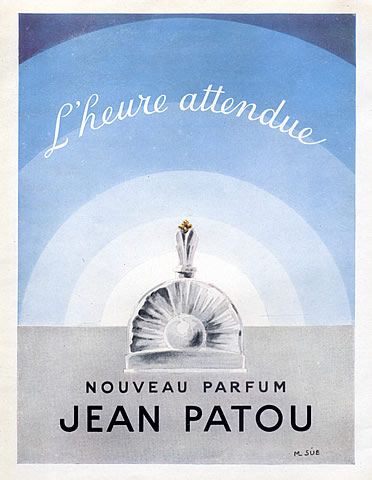[unable to retrieve full-text content] Angel Nova smells like raspberries, ripened to the maximum…

The Senses on Alert: The Smell of War (part 2)

"When the war was declared, the gulleys (drainage) in the street were in the middle, and they were being emptied with a horse and cart.
The first bomb I saw being dropped from a plane happened when I was fielding a ball during school sports in Essex Street (now called Wessex Street). I thought they looked like babies.
I remember spending an eternity in the shelters. There were two types of public shelters: the surface ones, which were built of brick, and those that were underground. They always smelled of damp. At each end of the shelter, there was a hessian curtain with an ‘Elsan’ closet in it – which was a toilet! It had a very ‘distinctive’ smell."
– Jenny Christian of the 2nd Air Division Memorial Library on behalf of Clifford Hagg, via the BBC
When WWII erupted on the fields of Europe there was no innocence lost like the previous time. WWI, the Great War, had seen to that already as I already explained in the first instalment of this project (HERE). Humankind was not exactly prepared for the atrocities nevertheless, as technology and directive had changed. Although ethnocatharctic attempts have regretably been made throughout history, the Shoah still stands as a crime that should never be forgotten.

In the context of the terrors of WWII the sense of smell is vicariously present and palpable.
As Jenny Christian on behalf of Clifford Hagg summarises, "My outstanding memory of the war is the smell. Wet burning, combined with a damp cement mortar smell. I can remember it to this day. It’s a similar smell to when they demolish old buildings today."
The smell of corpses becomes the most shocking, and those surviving the Holocaust must have a keen revulsion to what another witness of another war describes in shocked terror. The young nurse Caroline Hancock, just 23 during the American Civil War, wrote home:
A sickening, overpowering, awful stench announced the presence of the unburied dead upon which the July sun was mercilessly shining and at every step the air grew heavier and fouler until it seemed to possess a palpable horrible density that could be seen and felt and cut with a knife …
Since chemical weaponry had been so notoriously used during WWI to great impact, as we have elaborated before, by the time WWII soldiers were fully engaged there were posters warning them about the smells they should avoid to protect themselves from terrible pulmonary harm and skin burning, an olfactory compass that directed them away from musty hay or green corn (for phosgene), geraniums (for lewisite), flypaper smell (for chlorpicrine), and garlic-horseradish-mustard (rather predictably for mustard gas).

Amidst the newer weapons of smelly compounds for WWII, one catches our attention by its intricate psychological concept behind it. Who Me? was a top secret sulfurous stench weapon developed by the American Office of Strategic Services in the 1940s to be used by the French Resistance against German officers. This stinky bomb smelled strongly of fecal matter, and was issued in pocket atomizers, sort of like modern pepper spray, intended to be unobtrusively sprayed on a German officer, humiliating him and, by extension, demoralizing the occupying German forces. Needless to say that the fact that the fecal smelling compounds were largely based on sulfur, a light molecule that easily leaked into the clothes and skin of the assailant, a fact which confirmed the swift failure of such putrid, but essentially harmless, weaponry as Who Me?.
According to American Scientist elaborating as to the possibilities of malodorous weapons, "In a December 2001 Science article, Steven Munger, a chemosensory scientist at the University of Maryland, and his colleagues identify CNGA4, a protein subunit they believe to be important in regulating the speed of adaptation to an odorant signal. In animals lacking functional CNGA4 subunits, the speed of adaptation slows nearly 70-fold, says Munger. Dubbed the brain's "nose plug," CNGA4 might be able to provide protection from foul-smelling weapons." So much for stink bombs!

Perfumery rose to the challenge of bypassing the foul and the fragrant, of vicious and frightening smells, to bring a respite after the war that would celebrate the return to normalcy. Boys raised on farms, coming to pee themselves out of terror for garlic or geraniums that would signal risk of death, would come home to find themselves greeted by fragrances that needed to soothe, but also to heal, which is not quite the same thing. Feeding the longing for serenity was a mission. Naming the new fragrances gave half the game away sometimes.
Air Nouveau by Houbigant was ushering the new era, full of optimism and willing to put to rest the angst that plagued Europe and the world for more than a decade with repercussions lasting beyond that time frame.

L'Heure Attendue (the long awaited hour) came by Jean Patou in 1946 composed by perfumer Henri Giboulet, who succeeded another Henri, the pacifist Alméras who had consolidated the fame of Patou throughout Les Annees Folles. If the name is unapologetically hopeful, the composition, with its serene and subdued bouquet of flowers, sheened by an aldehydic top note like silvery dawn, rests on something that feels dependable and neutral enough to calm and soothe the soul; sandalwood, with a quality that is even present in the Jean Kerleo re-orchestrations for the 1980s line-up called Ma Collection. The blue-ish lavender leaning serenity of the packaging and advertising rang a noble string on one's soul.

Perhaps the most poignant form of healing, because it's dubious whether it's really serving the purpose of healing at all, is forgetting. Forgetting does not equal forgiving, and therefore it leaves a bittersweet taste in the mouth. The ravaged peoples of Europe, both in the Allies camp as well as in the Axis camp, felt that the war had played havoc with their very diginity. They sought new beginnings the way a severely punished child seeks solace in the warmth of an old friend to whom they tentatively let on just hints of the whole story.
Christian Dior was 41 years of age when he founded his house in 1947, simultaneously launching with the first fashion collection the iconoclastic Miss Dior (the original composition that leans into that animalic-hued gardenia chypre which now survives as a poignant ghost in L'Original).

He was tired of the boxy functional shapes of the war, with their emphasis on empowering the workforce that relied on women to accomplish the necessary functions that men on the warfront had left behind, and he turned them into "flowers"again; yards upon luscious yards of fiesty, crunchy fabric, insolent in the way of shortages, the way capitalism dictates it after every crisis in order to rekindle the economy and boost production.
The scent of Miss Dior is a new beginning, but also a nod to the accumulation of wisdom that had been reaped after that perilous decade during which it was made. It's not a light and sunny, prim composition, but rather something with backbone that although aimed at debutantes, girls entering society, it offered them the necessary gravitas and passed on wisdom to succeed in their lives as self-confident beings. It's as if Miss Dior is trying to forget tales she's been told, to put it all behind, but not necessarily quite succeeding,

However the definitive fragrance that put the ravages of the war behind is cleverly and memorably named L'Air du Temps by Nina Ricci. (1948) Another French couturier, Ricci, decided to commemorate the era with "sign of the times" as the name for its fragrance and dedicate a scent full of optimism to her son, Robert Ricci, made by the perfumer Francis Fabron.
This scent of carnation nowadays seems like the natural continuation of the carnation-focused fragrances of the 1930s, when the perfumers' bases, tiny cluster of composities that give perfumers a starting point when creating, were redolent of those spicy floral notes. L'Air du Temps takes the piquant central core of carnation, built of iso-eugenol, with its fiesty, a little bit wild, a little bit reckless character that better suits the years between the two wars, and smothers it in a very serene and cuddly embrace of flowers and woods: rose, violet, rosewood, cedar and sandalwood, with the sheen of benzyl salicylate that is supposed to give a dispersion that only mimicked the radius of those suffocating, poisonous gases but never their malicious intent. The whole benevolent tale is recounted on the famous cap on the bottle, executed by Lalique; two kissing doves, les colombes as it's known in French, is a symbol of peace, much like the Biblical tale of the dove, bringing back a branch of olive after the waters of the cataclysm have settled down, concludes the story of Noe.
In many ways L'Air du Temps is the natural finish of a period and simultaneously the new beginning of a fresh era, an era no less dangerous or dividing than the 1940s, but one which was very much intent on that one specific distraction that marks every wounded soul, escapism…
You can read The Smell of War Part 1 on THIS LINK.
Read the author's collected historical articles on 1001 Past Tales HERE
 |
Elena Vosnaki Elena Vosnaki is a historian & perfume writer from Greece and a Writer for Fragrantica. She is the founder & editor of Perfume Shrine, one of the most respected independent online publications on perfume. Her writing was recognized at the Fifi Awards for Editorial Excellence in 2009 and in 2011. She is consulted as a fragrance historian & expert, and has been curating fragrance installations at museum exhibits at the Milan Expo 2015 and elsewhere. She also contributes to publications around the world. |



